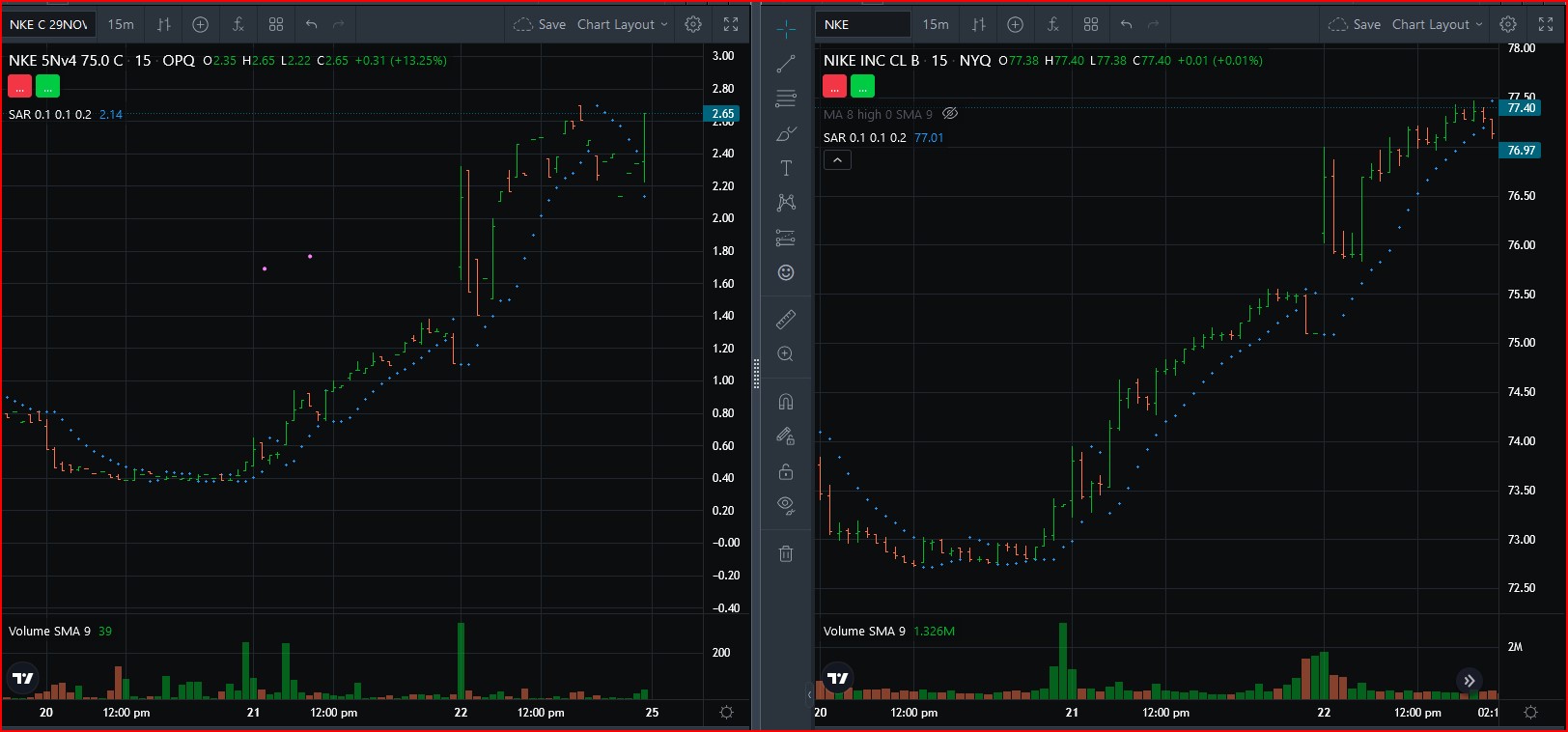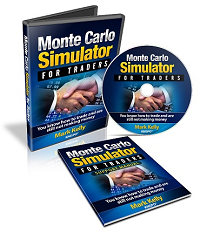Understanding Call Options Can Enhance your Trading Skills
Call options give you the right to purchase a specific stock at a specific price sometime in the future. For this right, you pay the seller a fee which is determined by market forces. Thus, after you have purchased the option, you have identified your maximum downside and while the option is active you have unlimited upside potential. The main benefit of options is the leverage which they give you.
Bulls and bears are used to describe the up and down of the market. A bull tends to use its horns to lift oncoming threats out of
the way and raises them into the air which is the direction of a bull market. Bears
tend to come down on you from above hence they represent a bearish market or
one that is falling.
The above desk figurines depict the back and forth of the market as it unpredictably tends to move in a preferred direction. They make good gifts for traders, stock brokers or financial advisors.
Call Option Definition
One option controls 100 shares of stock. Therefore, when you look up a call option on the internet or call up your broker for a stock option quote you may see Dec 40 $2.50. What this means is that for $250 you can buy the right to purchase 100 shares of stock for $40 up to the close of trading on the 3rd Friday of December. No matter what month you purchase, standard options always expire on the 3rd Friday of the month.
Traders who buy calls are looking for an increase in the stock price and want to use the leverage of the option to increase their return.
The cost of an option is mainly dependent on three factors – distance to the strike price, time to expiration and market volatility. In the above example when you are purchasing a December option in the middle of October then you are receiving approximately two months worth of time value. If you purchased a January option with the same strike price it should cost more. If the stock is selling at $41 you are also receiving $1 (41 – 40) of intrinsic value. If the stock was selling at $39 the option would cost less as the option would contain no intrinsic value.
After you purchase the call but before expiration, you can either resell the option or call the stock away from the seller provided you pay them $40 per share. However, after the option has expired one of two things will happen. When the stock is below $40 the call option will expire worthless and you will have lost the money you used to purchase the option. On the other hand if the stock is above $40 your broker would generally assign the stock to you and remove $40 per share from your account plus applicable commissions.
Now that you understand the basics of call options you can learn how to use call options as part of your stock trading strategies.
Option Duration and Types
Years ago there were only monthly options and the longest expiration date was 9 months. Some stocks would offer options ending on the 3rd Friday of March, June and September while others had options expiring on the 3rd Friday of April, July and October. Still other stocks filled in the other months.
This has all changed and now it can get a bit complicated regarding the option expiry date as there are now daily, weekly, monthly and long term options (LEAPs). For very high volume stocks you can pretty much get an option expiring on any day of the year you want.
As I write this on November 23, 2024, using the SPY as an example, for daily options, I can purchase a daily option expiring any time between Monday November 25 to Friday December 6.
After December 6, I can begin to buy weekly options which expire on Fridays with the first one expiring on December 13 and last one expiring on January 3, 2025.
I can also purchase monthly options which expire on either the 3rd Friday of the month or the last day of the month.
Alternately, I can buy LEAPS (Long term equity anticipation securities) which are long term options having expiry dates typically 2 years and sometimes 3 years.
Option Trading Example
If you are interested in obtaining more information on how to trade options, consider the trade below.
You are interested in trading Nike (NKE) however, it is a $70+ stock and you are uncomfortable putting a lot of cash into the trade so you decide to buy a short term call so you can do a swing trade.
As you watch NKE on November 20, 2024 you see that it is quite quiet with a low around $72.75 then on relatively large volume makes a significant move prior to the close. You decide to buy the November 29 $75 call for 50 cents. This is a long shot as you only have 1 week left until expiry and you are about 1.50$ out of the money.

On Thursday, NKE does quite well and the call just about gets up to $1.40 before pulling back. The next morning, NKE spikes and you sell the call at $2.00 cursing as it goes up to $2.65. At least you are out prior to the weekend. Who knows what will happen next week.
You are pleased overall as you made $150 per contract and achieved a 3:1 reward to risk ratio on this trade.
While this is an example of a swing trade, options can to participate in longer term moves as well. The cost will typically be more as for longer moves you will need to purchase an option having a longer expiry date i.e., perhaps 2 to 3 months as a minimum.
Gifts for Stock Traders - Stock traders are a different breed. For the stock trader in your life or as a present to yourself consider getting a trading mug. This can be used throughout the day to sip on your favourite beverage and remind you that you are a trader.
Monte Carlo Simulator
for Traders
 Having troubles sticking with your trading system?
Having troubles sticking with your trading system?
Do you move from system to system looking for the one system that will bring you riches?
Perhaps you already have it and tossed it aside when it went into a down period.
Using this Excel based program will show you what you can expect out of your trading system once you know the % wins and profit factor.
Stop wasting your time searching for the perfect system (which does not exist) and start trading.
$20.00



